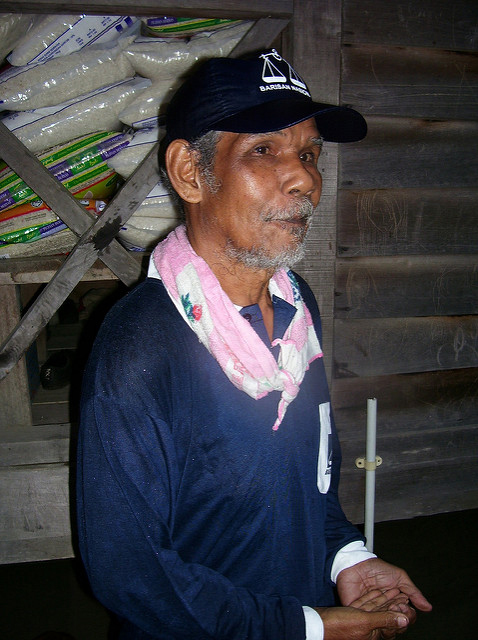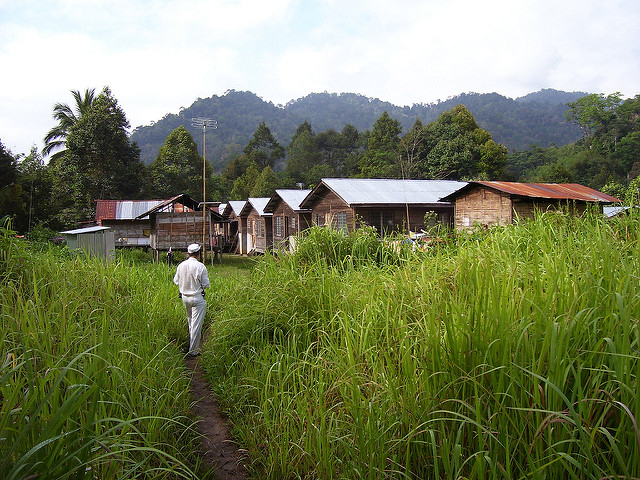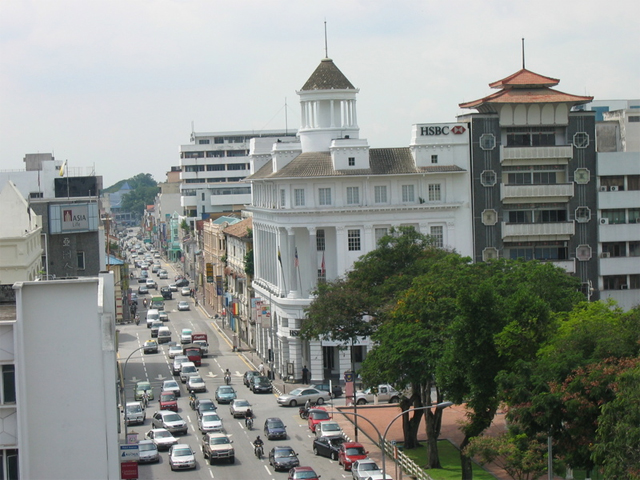Peaceful Semai protests about a dam construction project that has caused destruction in their communities appear to be helping their cause. The Orang Asli people living along the Geruntum River in the town of Gopeng, in Malaysia’s Perak State, received a lot of news coverage when the contractors destroyed their crops plus some of their graves and polluted their drinking water. They started getting media attention in mid-February when hundreds of them gathered at the dam site to launch their protests. Then they took the state and national governments to court in early May. Two more Malaysian news reports last week have provided up-to-date information.

A report published on June 6 indicated that the Semai in the affected communities are heartened by the change of government, from the Barisan Nasional party, which had ruled for 60 years, to the new government of the Pakatan Harapan. The BN was overwhelmed by the PH in national elections held on May 9. A resident of one of the kampungs affected by the dam told the reporter last week that they will continue protesting until the dam project is shelved, and that “now our fate is in the hands of the Pakatan Harapan government.”
The President of the environmental NGO Pertubuhan Pelindung Khazanah Alam Malaysia (Peka), Sajeeda Muhammad, expressed strong support for the Semai position, arguing that the previous government did not properly review development projects such as the controversial dam. Sajeeda conveyed the hope that the new state government would not hide its plans from the villagers—and that it would allow the Semai to keep their traditional lands.

Sandrea Ng, a legislator, urged the state government to start reviewing development projects with Orang Asli communities when they would be affected. The PH had promised in its election campaigning to respect the customary lands, cemeteries, and properties used for food production by the Orang Asli. “This project has attracted protests from the Orang Asli and environmental concerns, so it should be reviewed to make sure no party is exploited,” she told the reporter.
She added that a meeting had been scheduled for the next day with representatives of the government, the Semai villagers, environmental groups, and the corporate contractors. She told the reporter she hoped the meeting would provide some solutions.

It did. A news report the next day, June 7, said that the government announced it was backing down—the dam construction was being put on hold until further studies could be completed. After a meeting in Ipoh, the state capital, with many of the stakeholders in the drama of the Semai versus the dam builders present, the chair of the meeting held a press conference to announce the government’s decisions. Mr. A. Sivanesan, an official in the state government, told the press that he had instructed personnel in the Department of Environment to submit reports to him by the end of the month about the project proposal. After that, another meeting will be scheduled to decide the fate of the hydroelectric power dam. He emphasized that the state wishes to be fair to all the involved parties.
During the meeting that day, it became clear that some of the guidelines of the Department of Environment had not been properly followed. Representatives of the Drainage and Irrigation Department admitted that the contractor had polluted the river during the earlier construction period because they did not properly follow the erosion and sedimentation control plan. Mr. Sivanesan chastised the government agencies for not monitoring the project more closely, which could have reduced the negative impacts of the construction.
However, he went on to justify one more time the merits of the proposed dam in terms that would be familiar to many American readers. “The project actually benefits the Orang Asli as they will be given jobs on site,” he said. He urged the members of the press attending the briefing to not forget that the proposal has its merits.

Sivanesan mentioned the suit currently pending in the Perak High Court. He indicated that lawyers from both sides will be telling the court that they are trying to reach an amicable settlement of the matter. He added that the contractor has agreed to compensate the villagers for the destruction they have caused, though no amounts have been mentioned yet. An MP from Gopeng who also attended the meeting indicated that the new PH government in the state would continue taking financial responsibility for the decisions made during the previous BN government.
Sivanesan concluded that, while the Semai clearly want the project to be cancelled, the state must examine the financial ramifications and reach its own decision. In the event the decision is to go ahead with the dam, the villagers hope that at least the project will be more carefully monitored in order to reduce the impact of the work.